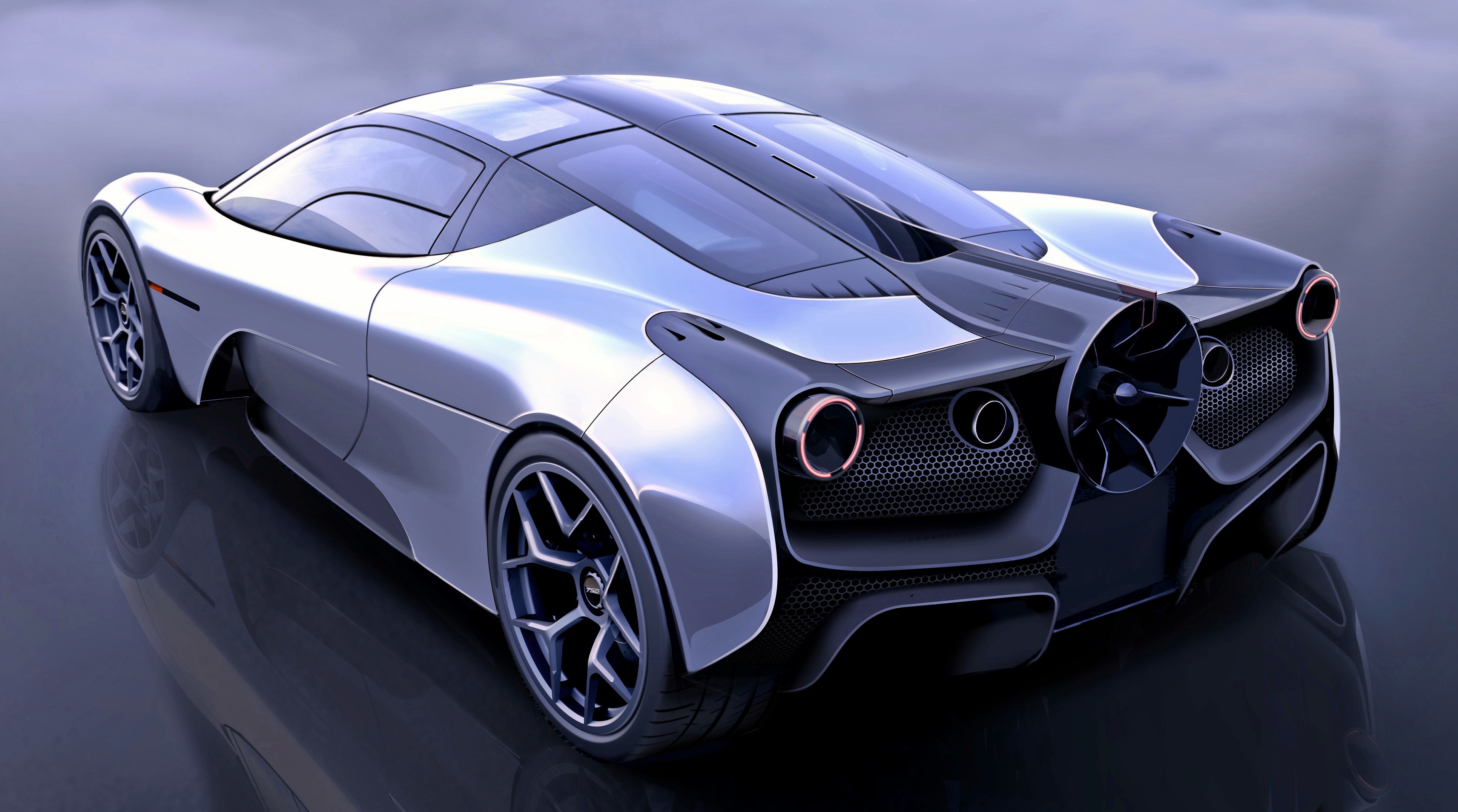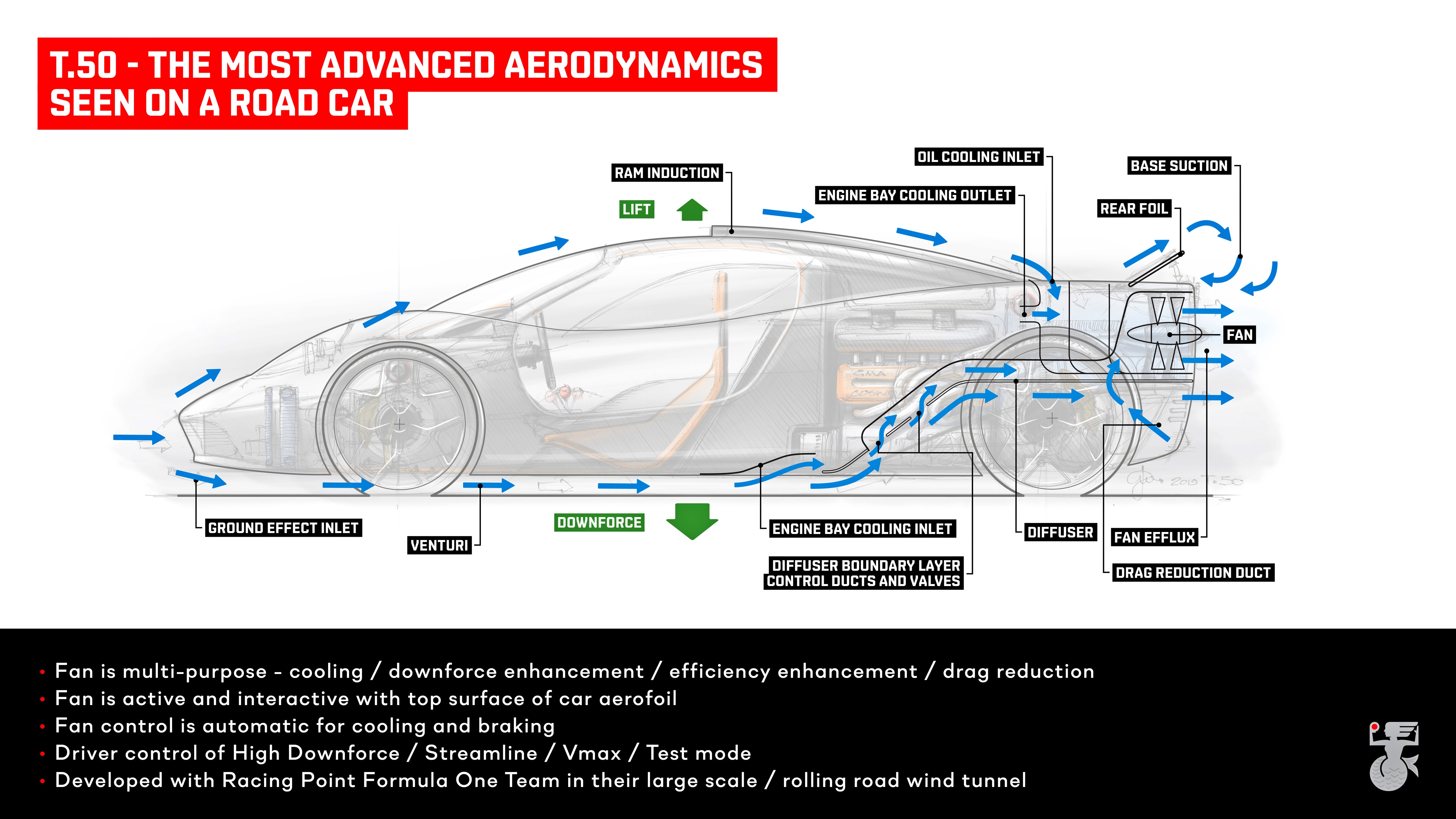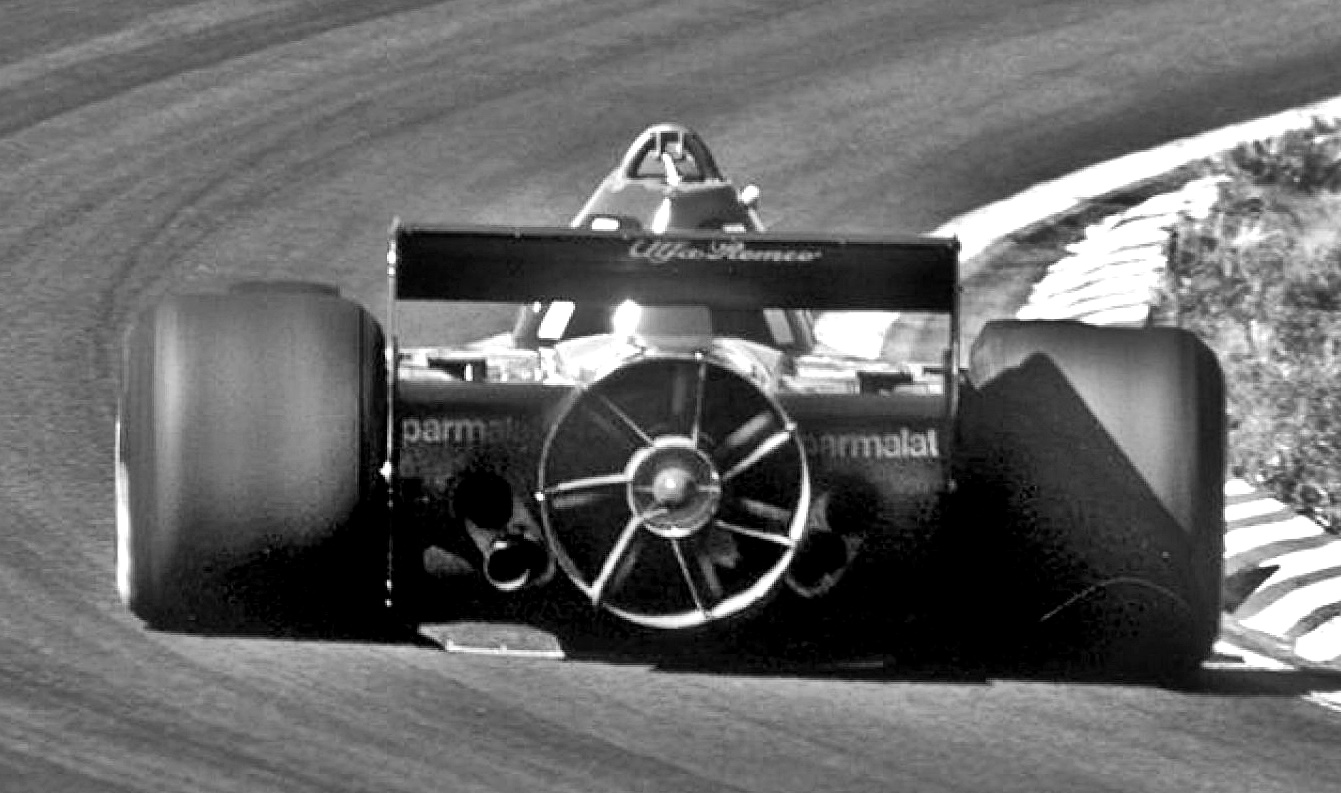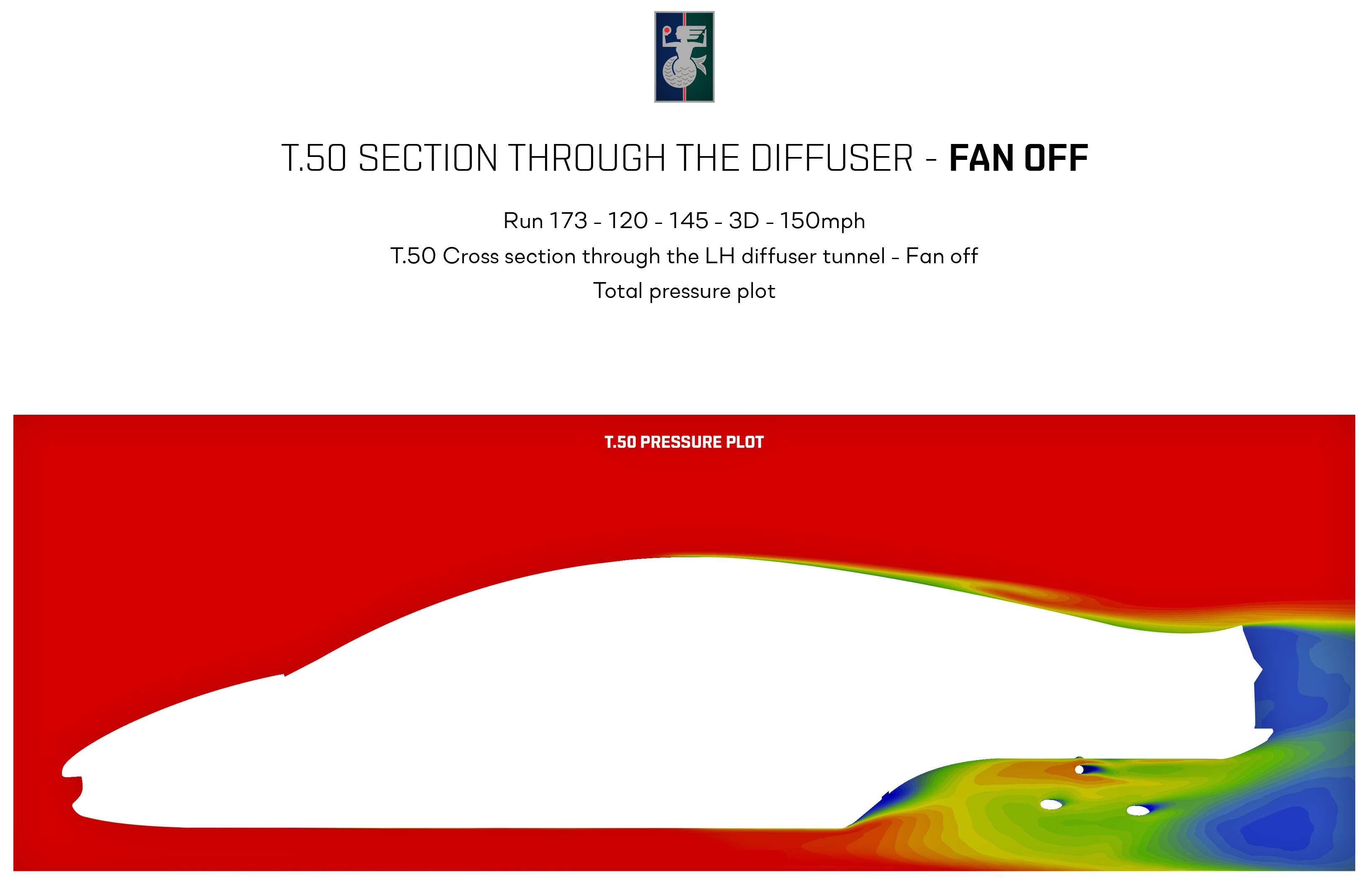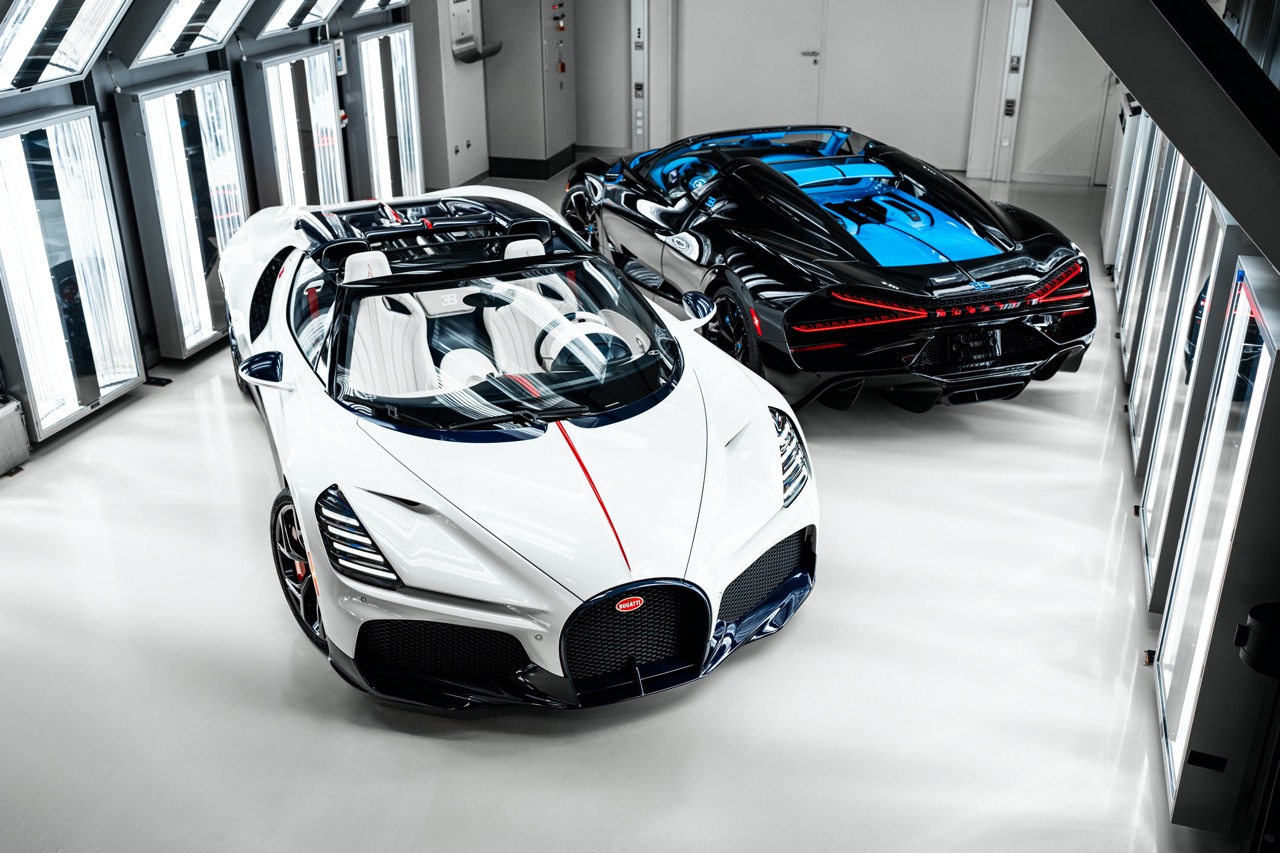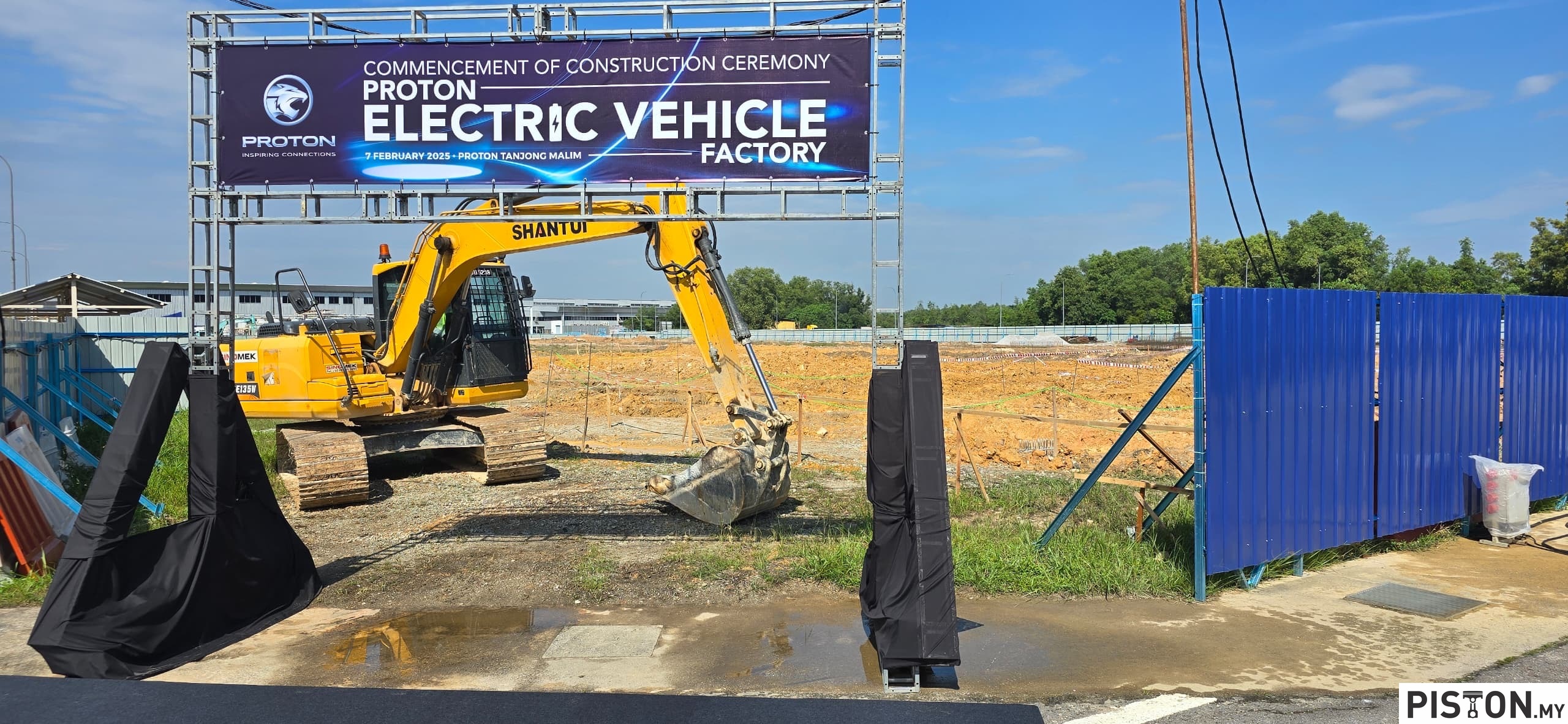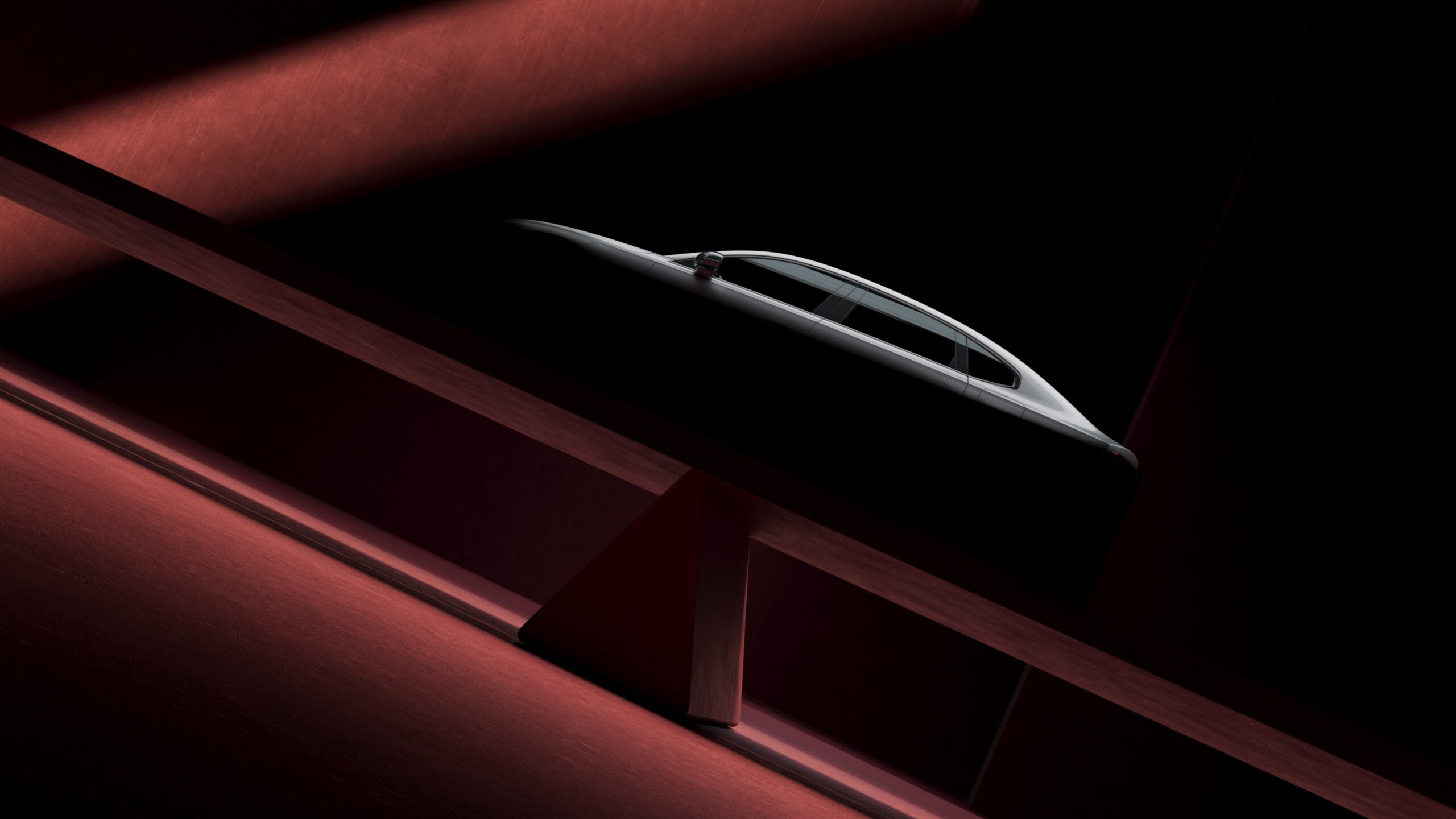Until now, Gordon Murray – the famous F1 engineer – has talked about the T.50 supercar which he is developing. He has shown some sketches and outlined the technology but this is the first official picture of the car and the world will see more in May 2020 when it has its global debut.
His company, Gordon Murray Automotive (GMA), is partnering the Racing Point Formula One Team to further develop and test the aerodynamics of the T.50 supercar. According to Professor Murray, the model will have the most advanced and most effective aerodynamics ever seen on a road car.
Unique airflow management system
While the rear view of the car shows ‘purity and drama’, as GMA describes it, the most significant innovation which is now being revealed is a unique airflow management system. The most notable feature of the system, which can be seen at the rear-end, is a 400-mm diameter ground-effect fan.
Coupled with active underbody aerodynamics and dynamic rear aerofoils, the revolutionary aero system enables the T.50 to achieve considerably more aerodynamic performance and control than a conventional ground-effect supercar contributing to an unrivalled driving experience.
Reviving the ‘fan car’ concept that was banned
“I’ve dreamt of delivering a road car with a ground-effect fan since I designed the Brabham BT46B F1 racing car in 1978. The system on the T.50 is much more sophisticated than the Brabham’s and will benefit enormously from Racing Point’s expertise and resources,” Professor Murray said.
The Brabham BT46B Alfa Romeo (above) had a fan installed at the back which sucked air out from under the car, creating enormous downforce that enabled higher cornering speeds. However, it was quickly banned by the FIA because the rules stated that aerodynamic devices must be fixed and a spinning fan was not.
In the T.50, the fan and its associated ducting system build on conventional ground effect systems by actively helping control both the underbody and overbody airflow ensuring that both airflow systems interact to ensure absolute control of the enhanced aerodynamics and improve the car’s performance.
Six aero modes with power boost
Six aero modes enable the driver to optimise dynamic and outright performance, with Vmax Mode boosting output to 700 bhp. Vmax Mode – the most extreme – combines motorsport slipstream technology, extra power from a 48-volt integrated starter-generator, and ram induction to boost power.
Weighing just 980 kgs, the T.50 will deliver ‘the purest, most driver-focused performance and dynamics of any road car’, it is claimed. The car’s bespoke Cosworth V12 engine will be the highest-revving road car engine ever made, capable of an extraordinary 12,100 rpm.
The rear-wheel drive T.50 features Murray’s favoured 3-seat layout (used in the McLaren F1), with the driver benefitting from a central ‘jet-fighter-style’ driving position. Aligned with Gordon Murray’s claim that the T.50 could be the pinnacle of great analogue supercars, the driver-centric analogue controls are positioned to provide the ultimate, highly-intuitive, and totally-immersive driving experience.
Customer allocations of the T.50, priced in excess of £2 million (equivalent to around RM11 million), are now entering their final phase. Planned production is only 100 cars and the supercar has generated demand from a wider than expected global customer base. A significant number are customers in the USA and Japan and the first ones will get their cars in January 2022.




